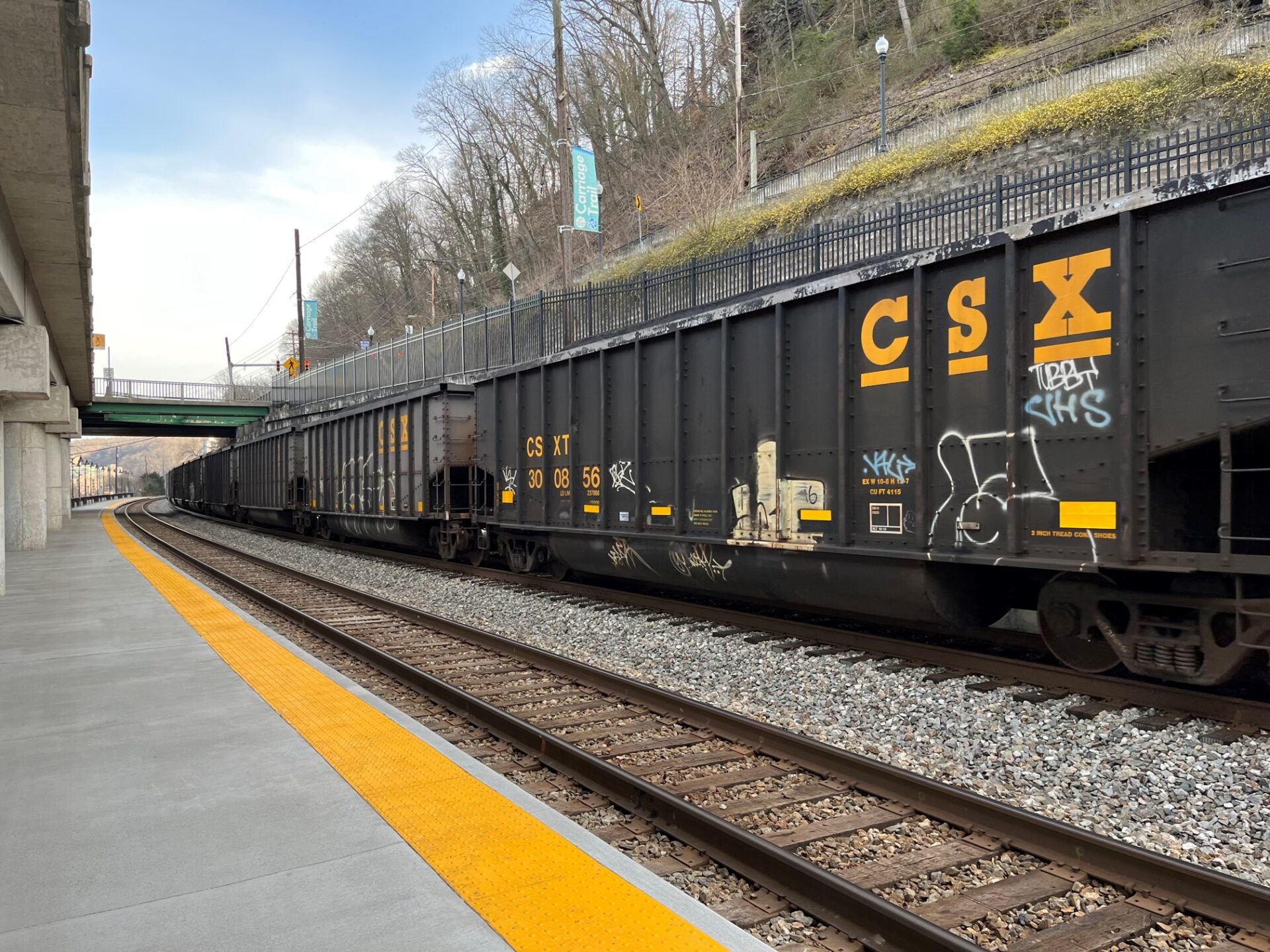West Virginia produced 9 percent less coal from April to June than it did the previous year.
The period coincides with the closure of the Port of Baltimore from March to May, after a container ship struck and collapsed the Francis Scott Key Bridge.
Baltimore is a major coal export terminal, and much of that tonnage originates in northern West Virginia.
According to the U.S. Energy Information Administration, northern West Virginia production fell 14 percent in the second quarter, versus 3 percent in southern West Virginia.
Production fell across Appalachia during the quarter, particularly in Kentucky and Pennsylvania.
